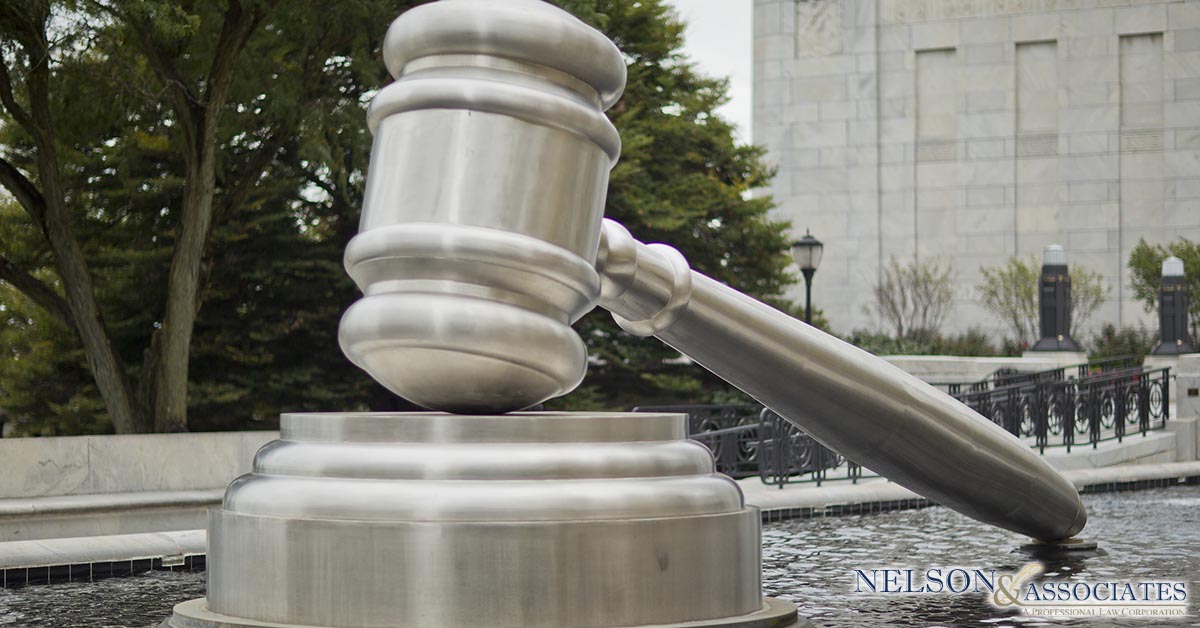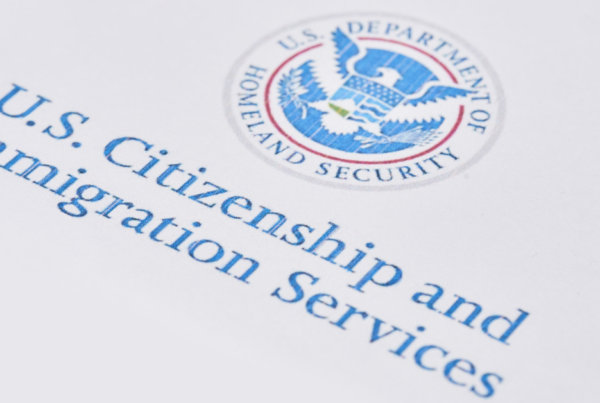
In recent news, the American Bar Association has warned of an existential crisis as a result of an unprecedented rise in the number of immigration cases adding to the growing backlog of pending cases in immigration court. The figures, outlined in a 176-page report that summarises the Trump administration policies, states that according to ABA figures, the immigration court backlog is now over one million cases!
The Increase in Immigration Cases Pending in Immigration Court
In 2010 an earlier report during the time of the Obama administration noted approximately 262,000 immigration cases pending in immigration court. Since that time, the U.S. has seen levels rise drastically up to 760,000 pending cases at the end of the 2018 fiscal year and 330,000 more cases are expected to be returned to active dockets.
What does this incredible increase mean for the U.S. immigration court? According to the American Bar Association, the immigration court system faces an inevitable collapse.
The Trump Administration Response to the Immigration Court Backlog
The ABA Solution to the Immigration Court Backlog
The ABA proposes multiple solutions to the immigration backlog crisis, all of which include a restructuring of the immigration court system. The method of preference is to create a politically independent “Article I” court system – one that resembles the U.S. Tax Court in structure, designed specifically to handle immigration. Failing this, the ABA proposes the creation of an independent agency within the U.S. government’s Executive Branch.
In either of these two proposed structural changes, the immigration court system would include a trial and an appellate level court. The main differences between the features of the two restructuring plans would be changes in the selection, tenure, and removal of judges.
It’s Not Just About Creating a More Efficient System
The main purpose of the restructuring, no matter how it takes place, is to bring the U.S. immigration out from under the Department of Justice and therefore from under the Trump administration, but it’s not just about creating a more efficient immigration system.
The ABA is supported in its restructuring efforts by a number of legal workers who also believe that the current administration is putting immigration policies in place that are designed to pressure immigration judges to increase the number of deportations without respect for due legal process. With the immigration courts out from under the Department of Justice and functioning as an independent court system, the current administration will have less of an ability to force the hand of the immigration courts.
A congressional vote has been called for to vote on the establishment of the new court system per the first article of the constitution with the intention of eliminating political interference. Ashley Tabaddor, the president of the National Association of Immigration Judges, explains the NAIJ’s support and their hopes that this request for restructuring will be seen as a non-partisan approach to maintain the integrity of the immigration court system. It’s a reach for a system of checks and balances on the immigration courts that is currently absent.
Will Congress Act?
So, will congress vote on the immigration court system structure? It’s expected that they will be pushed to vote as the movement for restructuring gathers momentum and support.



